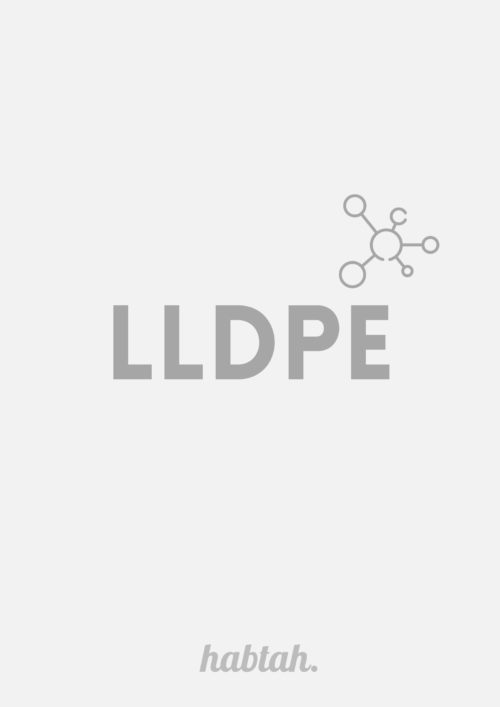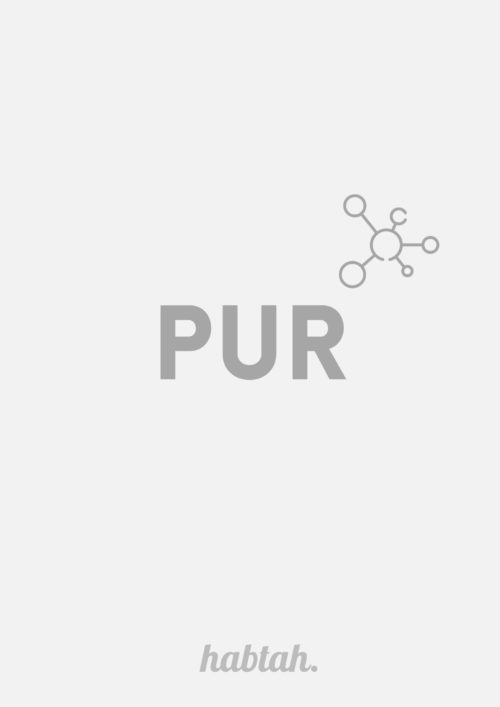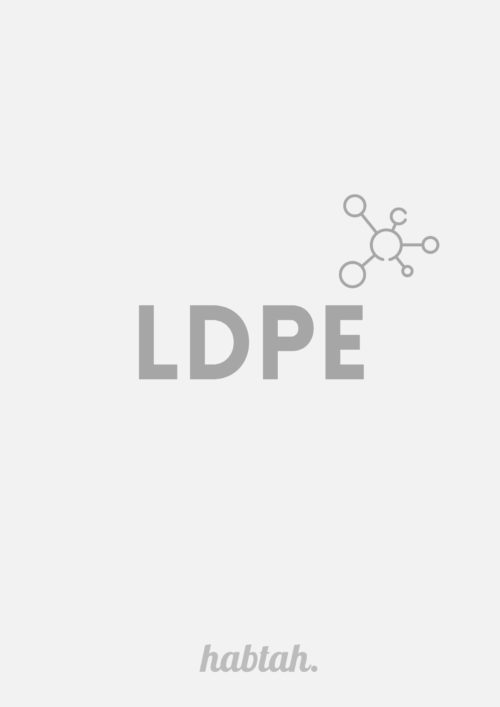Polycarbonate (PC)
Description
Polycarbonates (PC) are a group of thermoplastic polymers containing carbonate groups in their chemical structures. Polycarbonates used in engineering are strong, tough materials, and some grades are optically transparent.
They are easily worked, molded, and thermoformed. Because of these properties, polycarbonates find many applications. Polycarbonates do not have a unique resin identification code (RIC) and are identified as “Other”, 7 on the RIC list. Products made from polycarbonate can contain the precursor monomer bisphenol A (BPA).
Application
Electronic components
Polycarbonate is mainly used for electronic applications that capitalize on its collective safety features. Being a good electrical insulator and having heat-resistant and flame-retardant properties, it is used in various products associated with electrical and telecommunications hardware. It can also serve as a dielectric in high-stability capacitors.
Construction materials
Automotive, aircraft, and security components
In the automotive industry, injection-molded polycarbonate can produce very smooth surfaces that make it well-suited for sputter deposition or evaporation deposition of aluminium without the need for a base-coat. Decorative bezels and optical reflectors are commonly made of polycarbonate. Due to its low weight and high impact resistance, polycarbonate is the dominant material for making automotive headlamp lenses. However, automotive headlamps require outer surface coatings because of its low scratch resistance and susceptibility to ultraviolet degradation (yellowing). The use of polycarbonate in automotive applications is limited to low stress applications. Stress from fasteners, plastic welding and molding render polycarbonate susceptible to stress corrosion cracking when it comes in contact with certain accelerants such as salt water and plastisol. It can be laminated to make bullet-proof “glass”, although “bullet-resistant” is more accurate for the thinner windows, such as are used in bullet-resistant windows in automobiles. The thicker barriers of transparent plastic used in teller’s windows and barriers in banks are also polycarbonate.
So-called “theft-proof” large plastic packaging for smaller items, which cannot be opened by hand, is uniformly made from polycarbonate.
Niche applications
Polycarbonate, being a versatile material with attractive processing and physical properties, has attracted myriad smaller applications. The use of injection molded drinking bottles, glasses and food containers is common, but the use of BPA in the manufacture of polycarbonate has stirred concerns (see Potential hazards in food contact applications), leading to development and use of “BPA-free” plastics in various formulations.
The light weight of polycarbonate as opposed to glass has led to development of electronic display screens that replace glass with polycarbonate, for use in mobile and portable devices. Such displays include newer e-ink and some LCD screens, though CRT, plasma screen and other LCD technologies generally still require glass for its higher melting temperature and its ability to be etched in finer detail.
As more and more governments are restricting the use of glass in pubs and clubs due to the increased incidence of glassings, polycarbonate glasses are becoming popular for serving alcohol because of their strength, durability, and glass-like feel.
Other miscellaneous items include durable, lightweight luggage, MP3/digital audio player cases, ocarinas, computer cases, riot shields, instrument panels, tealight candle containers and food blender jars. Many toys and hobby items are made from polycarbonate parts, like fins, gyro mounts, and flybar locks in radio-controlled helicopters, and transparent LEGO (ABS is used for opaque pieces).
Standard polycarbonate resins are not suitable for long term exposure to UV radiation. To overcome this the primary resin can have UV stabilisers added. These grades are sold as UV stabilized polycarbonate to injection moulding and extrusion companies. Other applications, including polycarbonate sheet, may have the anti-UV layer added as a special coating or a coextrusion for enhanced weathering resistance.
Polycarbonate is also used as a printing substrate for nameplate and other forms of industrial grade under printed products. The polycarbonate provides a barrier to wear, the elements, and fading.
Medical applications
Many polycarbonate grades are used in medical applications and comply with both ISO 10993-1 and USP Class VI standards (occasionally referred to as PC-ISO). Class VI is the most stringent of the six USP ratings. These grades can be sterilized using steam at 120 °C, gamma radiation, or by the ethylene oxide (EtO) method. Aliphatic polycarbonates have been developed with improved biocompatibility and degradability for nanomedicine applications.
Mobile phones
Some major smartphone manufacturers use polycarbonate.
Benefits over glass and metal back covers include durability against shattering (weakness of glass), bending and scratching (weakness of metal), shock absorption, low manufacturing costs, and no interference with radio signals and wireless charging (weakness of metal). Its durability gives it the most ability to be designed removable.
Additional information
| Material | Polycarbonate (PC) |
|---|




Reviews
There are no reviews yet.